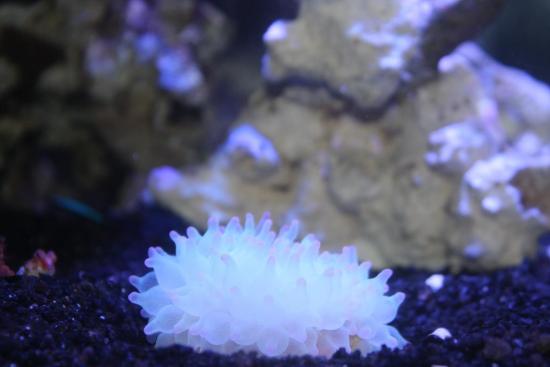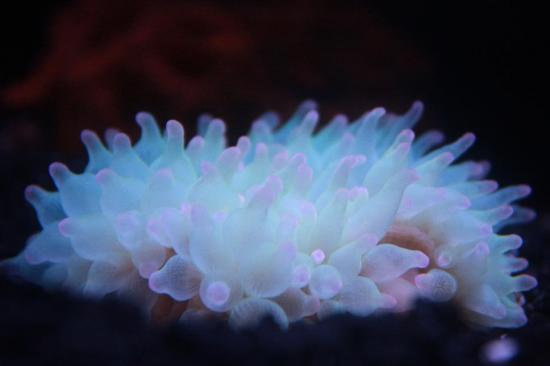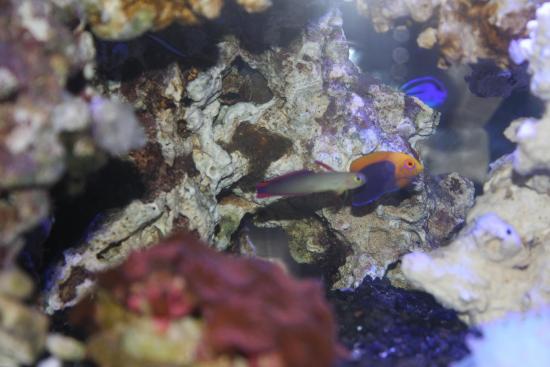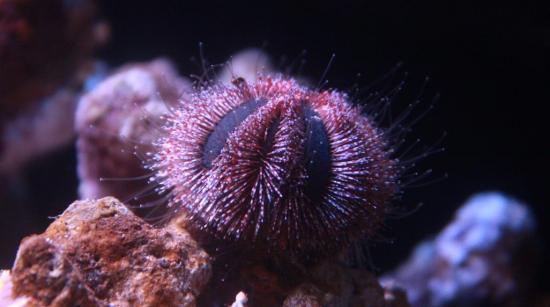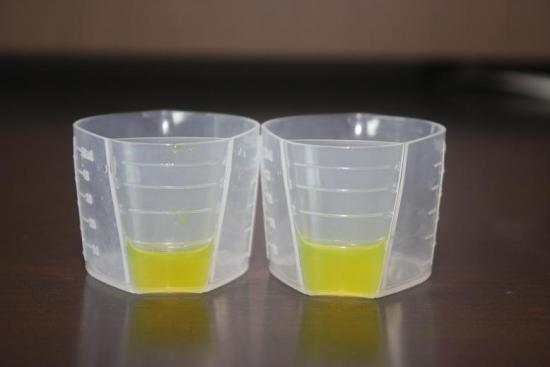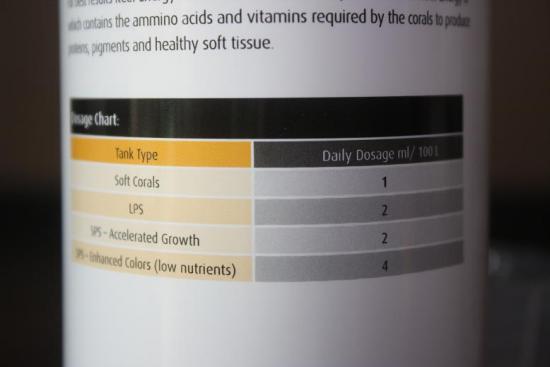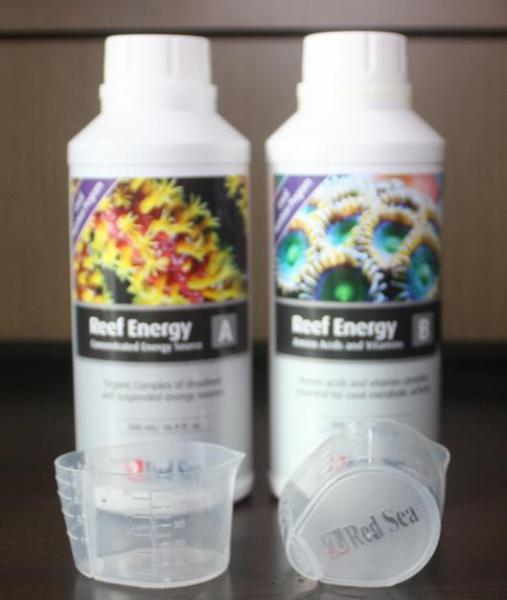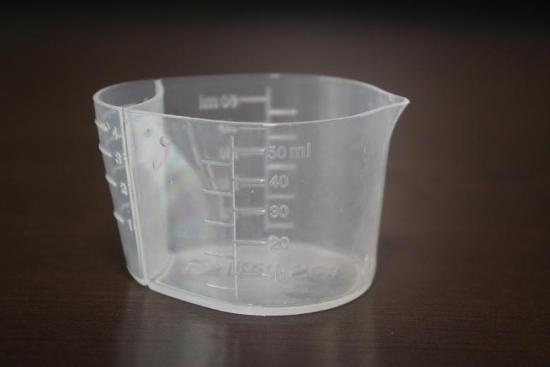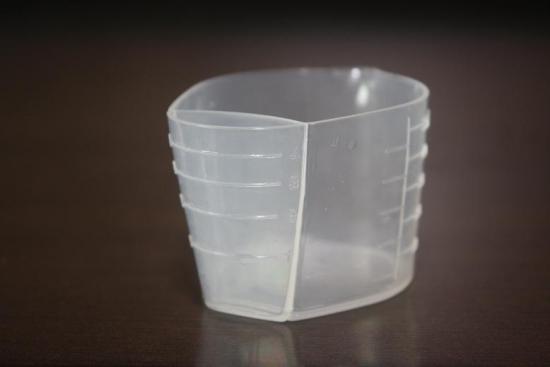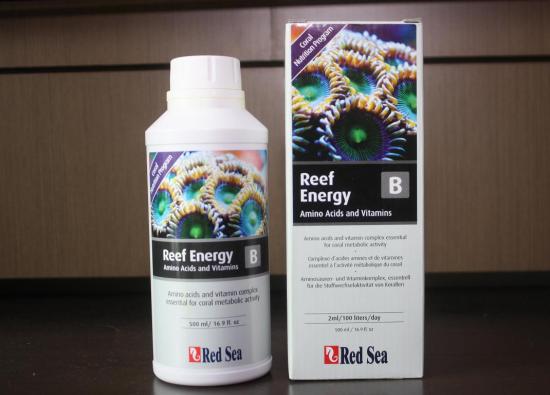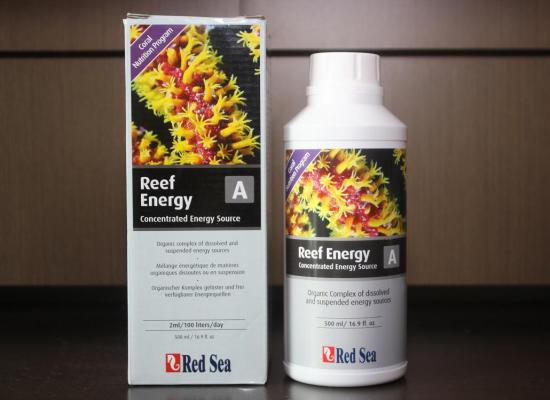-
Posts
8,057 -
Joined
-
Last visited
-
Days Won
12
Content Type
Profiles
Forums
Gallery
Everything posted by jackywongto
-
yup from CF. looks like it... it does have a greenish tint
-
did LFS bring this in?
-
goon lor ........lol thought that was its natural colour till i read it just now... ha... lets see if can nurse back the colour. so its more likely a green bta?
-
-
-
interesting.... the have plates instead of spine to withstand the pounding of the waves.... http://hawaiianforest.com/ha%E2%80%99uke%E2%80%99uke-shingle-urchins-of-hawaii
-
4 lah... see properly......
-
Hey what the heck is that????
-
saw them together and quickly took a flash shot. How many can you spot..... PS: There are 4 fishes inside.
-
Tuxedo Urchin (Mespilia globules): http://www.reefaquar...ea_Urchins.html Pin Cushion/Tuxedo Urchins are generally small (about 2-3in in diameter) and they're covered in short, sharp spines. They have five to ten broad-colored bands around their body which gives them a strikingly formal appearance and thus the second name "Tuxedo Urchin". They can have black or blue bands and red, brown or black spines in any combination possible. One of the unique characteristics of these urchins is there tendency to collect shells, coral or substrate on there bodies as they try to disguise themselves to avoid predators. This tendency sometimes gets them the additional name "Decorator Urchin" but they are all the same species. These little guys are great for eating algae and detritus and will move about the aquarium scraping algae off glass, rocks and substrate alike. They are nocturnal creatures that do their grazing under the cover of darkness, and during the day they mostly hide in crevasses or in other dark, safe places. These urchins have not been found to eat coralline algae and are considered safe for reef aquariums. It is important to note however that if there is insufficient alga or other organic food sources that these, and any, urchins will turn to coralline algae as their main food source. Heres mine :
-
Hope he comes back soon.... keep on tempting him ... hehe....
-
Ha... Ok I saw the Ostracion cubicus in ML. Very tiny one too...... Hey how's Lorensia doing? Send my rgds to him if u see him.... Sent from my iPad2 using Tapatalk
-
You dun bluff..... U turn blue because of excessive v-iagra not potassium!!! Sent from my iPad2 using Tapatalk
-
Thanks bro. Let me go check out the difference between the two. Sent from my iPad2 using Tapatalk
-
Then you test how good your skimmer or your carbon is.... wooohooooooo......
-
Onz ! I can get another party to share if required too.... Siang a bit pale these day.... can take some of the colour supplements too... 1ml for the tank, 5 ml for yourself...... you will be as colourful as a rainbow after 2 months...
-
lol yeah Jun. I hear ya... I bash myself too .......... For those who do not understand why.. read the following from http://www.aquaticcommunity.com/sw/boxfish.php Boxfish are best kept alone in an aquarium without other fish due to the fact that they if stressed can release a toxin that can kill other fish that comes in contact with the boxfish. Boxfish are very slow moving and easily stressed. There are also reports that they can release the toxin if they die and thereby poison the rest of the fish in the aquarium. I can not say whether dead boxfish always release toxin or if this only sometimes are the case. It is recommendable to make sure to remove dead fish immediately to minimize to toxin released. It is however possible to keep boxfish with other fish in a community aquarium but you will than need to make sure to minimize the stress the boxfish are exposed to. It is in order to achieve this important to avoid keeping them with large or aggressive species. Don’t forget that some small species such as some goby species can be very aggressive and therefore isn’t suitable tank mates for boxfish. Boxfish are omnivores and will accept many types of foods. They should however never be feed food on the surface so sinking food is a most. The boxfish may gulp down air when eating from the surface which may cause severe balance and buoyancy problems in these fish. Boxfish eats relatively slowly and should not be kept with fast eating species since this will prevent the boxfish from getting the nutrition it needs and will result in a malnourished fish. They can be feed most food of suitable size but their diet should always contain vegetables or other vegetable food such as see weed sheets. Suitable food for boxfish includes mysis shrimp, shrimp, fish meat, clams, crab meat and so on.
-
1 ml dosage for both A & B. You can mix the 2 parts together before pouring into the tank. ** Do note that A and B need to be stored separately though. Both are yellow in colour.....
-
So checking how much i would need for my tank size..... it is ummmmm 1 ml per 100l daily for a well stock tank. (my tank size is 90l) The bottle is 500ml.... that means i can use this for approx 2 yrs....
-
Each supplement (500ml) comes with a measuring cup. It has a 50ml dispenser (in steps of 5 ml increments) for larger tank dosage and a smaller 4ml dispenser (in steps of 1 ml increments) for nano tank dosage
-
Reef Energy B is a highly concentrated complex of vitamins & amino acids that were found to be the limiting factors in the nutritional demands of corals and other invertebrates. This complex replenishes the exact vitamins and MAA (marine amino acids) produced by Zooxanthellae. Vitamins are important precursors in the synthesis of chromo proteins while the amino acids are their building blocks. All of the components of Reef Energy B come from marine sources and are emulsified in a unique medium that enhances their solubility and absorption of the vitamins and acids by the corals
-
Reef Energy A is a unique formulation of carbohydrates, amino acids, fatty acids and suspended protein flocks which are available for direct consumption and absorption by the corals. The suspension of protein flocks promotes the micro bacterial fauna that naturally populates the coral tissue and will increase mucus production. Every component is utilized in the metabolic processes of coral protein production and soft tissue regeneration and therefore does not introduce any unnecessary organic material to the system. Reef Energy A stimulates extension of the polyps and soft tissue, helping the coral to optimize nutrient consumption by expanding its surface area for absorption. [Note: The protein flocks consist of amino acids (tryptophan) and fatty acids that are produced naturally inside each bottle by a very light , alcohol free, aerobic fermentation process.]
-
got some Red sea reef energy samplers from a reefing friend. REDSEA REEF NUTRITON PROGRAM This program consists of a 2 part formula, Reef Energy A & B, that provides the nutritional needs of all corals and other filter feeders. Referred to as photosynthetic, most corals have a symbiotic relationship with Zooxanthellae algae, which provide around 85% of their nutritional requirements. The coral nutrition program is about providing the remaining 15% to the photosynthetic corals and the complete nutritional requirements for the so called non- photosynthetic corals such as Gorgonia or Sun Corals that do not have any Zooxanthellae. Corals can't move towards food or even bring the food to themselves so they digest any Dissolved Organic Matter (DOM) that flows freely into their 0ral disc (about the size of a pin head) or gets absorbed through their soft tissue. On the reef the DOM comes from a wide range of organic sources such as the mucus from neighboring corals or bacterial flocks. Contrary to popular beliefs, many traditional foods such as phytoplankton or non-marine zooplankton (artemia, rotifers etc) are at best only of marginal and indirect benefit to corals. Red Sea's nutrition research focused on isolating the various DOM components from a variety of conventional and non-conventional food sources to create an easily digestible and highly nutritious DOM complex that: • Provides all of the energy components that Soft, LPS, SPS and non-photosynthetic corals utilize for growth and coloration • Gives the greatest energetic value after digestion • Causes the least pollution to the water Red Sea's research also discovered that while there are some differences in the nutritional requirements between the different types of corals, the most significant differences were in low algae nutrient systems (e.g. when using Red Sea's NO3:PO4-X) where increased amounts of coral nutrients are required to compensate for the lower supply of energy from the Zooxanthellae.
-
The previous rock work has a lot of crevices but were also taking too much space. I tried to place some of the new corals but got frustrated at the block of rocks everywhere. hence some minor touches were being done to - elevate the rocks from the sandbed. I now have 75% of the sandbed exposed. - create more caves for fishes. - craft more space for coral placement. the challenge with nano scaping is that you have such limited real estate in the tank and such limited rock choices that you can utilize. My highly exposed sandbed
-
before i forget, there are plenty of flameback at CF going at 3 - 4 red notes. Quite a lot of them were still not feeding last weekend. if you are planning to get one, pls make sure you get a feeding one.



